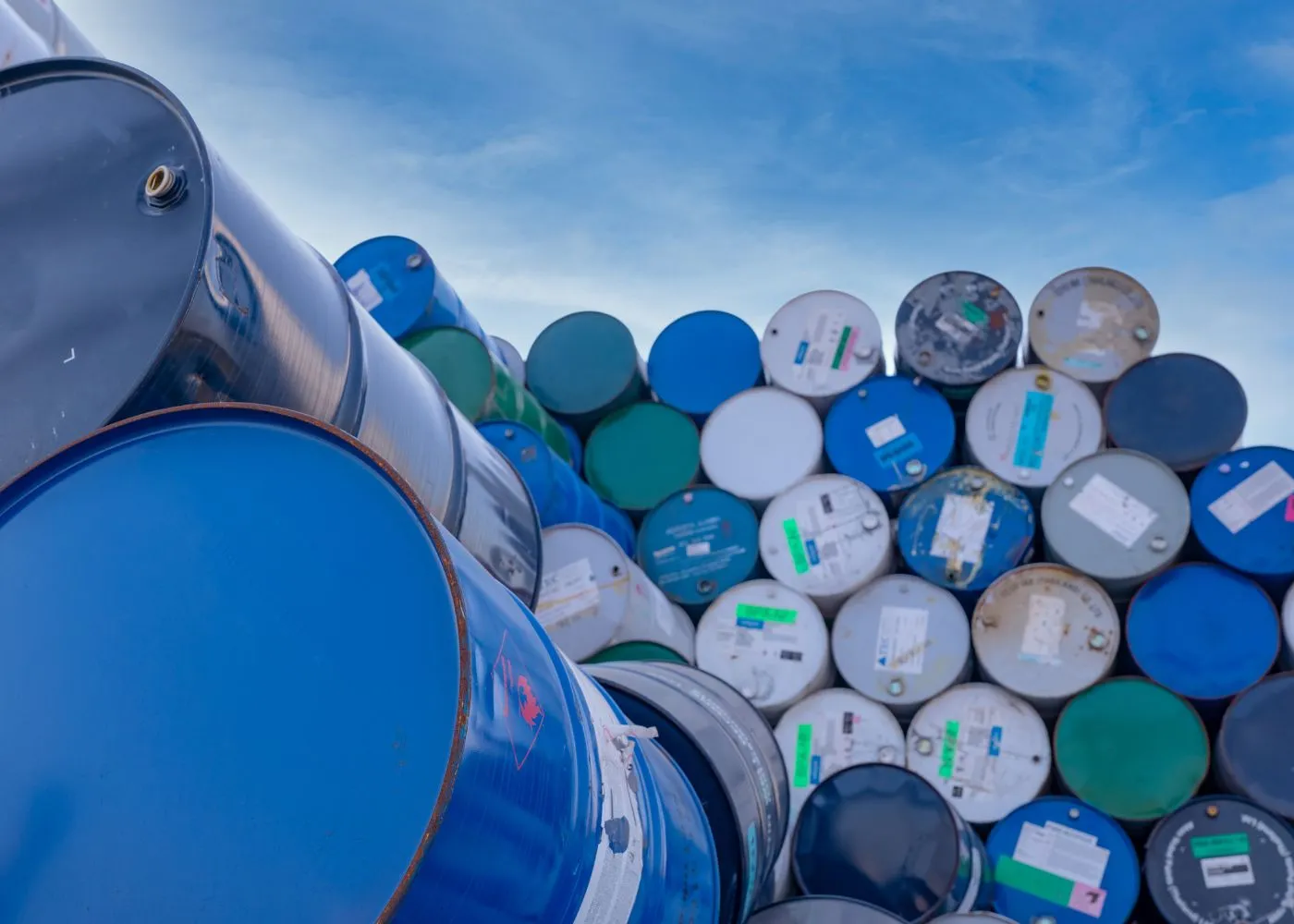How is the transport of dangerous goods regulated in France, Europe and internationally?
In France5.5 million road trips per year involve dangerous goods80% of which involve fuels and combustibles. While these products are essential to the functioning of our society over long distances is a source of major ecological and economic risks. To reduce accidents during such perilous expeditionsa strict regulations have been put in place at national European and international levels. They apply to road and railas well as sea and air navigation. Why are requirements are so stringent when it comes to transport of hazardous materials ? What measures are logistics companies companies apply to deliveries of toxic products? ? Find the answers below...
Dangerous goods: definition
Any material whose physical or chemical properties represent a risk of serious harm to living organisms or material goods is classified as hazardous. These goods are transported in liquid or solid form. They are characterized by a high degree of concentration and aggressiveness, and are most often used for non-domestic purposes. In fact, 80% of these substances are used in industry.
Transport of Dangerous Goods (TDG) does not only apply to highly polluting, flammable, toxic, radioactive, corrosive or explosive products. Its requirements also apply to materials we all use on a more or less daily basis, such as fertilizers, fuel or gas. These goods entail their share of risks during transport and storage.
The consequences of a road accident involving a cargo of hazardous substances
67% of industrial accidents in France involve hazardous goods. These accidents have 3 types of consequences.
1. Human losses
A truck carrying toxic products first and foremost endangers its driver. In the event of a collision, fire or explosion, people on the same road are also exposed. Local residents may also be affected, if the accident produces toxic clouds or smoke.
2. Environmental disasters
The release of gases during such accidents can seriously affect air quality. The ground can also be polluted by the infiltration of toxic liquids. The zone of contamination can then extend into the aquatic environment, or even reach the water table. When transporting hazardous materials by sea, a vessel may sink at sea with its cargo. The consequences for marine flora and fauna are disastrous and long-lasting...
3. Economic and financial damage
Warehouses, buildings, railways, roads, boats, planes... these are all material assets made available for TDG. In the event of an accident, these working tools are more or less unusable. Replacing or repairing them can cost transport companies a great deal of money, in addition to possibly suspending their activities. Restoring traffic routes requires temporary closures, which entail high costs for all economic players.
National and international regulations governing the transport of hazardous materials
The movement of hazardous materials is mainly governed by international regulations. This facilitates the movement of these products between countries. Each type of transport (road, rail, river, sea and air) is covered by a specific code, as detailed below.
The role of the United Nations is to harmonize multimodal transport. It draws up and updates two main documents:
- The harmonized system of hazard classification criteria and risk communication tools (GHS).
- The two volumes of the "Model Regulations" provide the basic principles of international regulations specific to each mode of transport.
Road transport
The ADR agreement (Agreement concerning the International Carriage of Dangerous Goods by Road) regulates the movement of harmful products by road. Under the aegis of the United Nations Economic Commission for Europe (UNECE), it was signed on September 30, 1957 in Geneva by 50 member countries.
The role of the ADR is to prevent the risks associated with transporting toxic materials by road. It covers all the precautions to be taken by the carriers concerned. For example:
- packaging for this type of product;
- marking and signage on transport vehicles and packaging;
- coding and referencing ;
- the training required to transport these dangerous goods.
Rail transport
Transporting toxic or polluting materials by rail requires operators to comply with RID. RID stands for "Regulations concerning the carriage of dangerous goods by rail". Issued by OTIF (the Intergovernmental Organization for International Carriage by Rail), this regulation lists the products prohibited from being transported by rail. It also defines the conditions to be met when handling dangerous goods.
River transport
River logistics are regulated by the ADN (European Agreement concerning the International Carriage of Dangerous Goods by Inland Waterways). These regulations are the brainchild of the United Nations Economic Commission for Europe (UNECE). It defines the precautions to be taken when transporting toxic materials on board a barge.
Maritime transport
IMDG (International Maritime Dangerous Goods) is the code governing the maritime transport of dangerous goods. It is published by the IMO (International Maritime Organization), which lays down the conditions governing the transport of dangerous goods by sea. It is based on :
- The SOLAS Convention for rules on TDG. This is the 1974 International Convention for the Safety of Life at Sea.
- The MARPOL Convention for the regulation of the transport of harmful substances.
These regulations govern the movement of this type of goods at sea, specifying the various classifications of these materials, their marking and labeling, their packaging and wrapping, and the placarding required. It also defines the documentation required for the voyage of hazardous products, as well as their loading and unloading procedures. Finally, it determines the responsibility of each economic player in the event of damage to equipment, grounding or collision.
Delivering fuels and other harmful products: what you need to know
Accidents involving the transport of hazardous materials often have disastrous consequences for people, animals, plants and property. That's why the national and international authorities in charge of controlling them are implementing strict rules. This vigilance is essential to reduce the risk of damage caused, for example, by the spillage of entire tanks of toxic products into the oceans.
International transport legislation requires logistics companies to take a number of precautions. All carriers of hazardous goods must be fully aware of these regulations. They must also train their teams to comply with regulations, keep their processes up to date with the latest developments, and be in possession of the appropriate equipment and devices. Their fleet of vehicles must also be adapted to handle hazardous goods.
When all is said and done, it's vital to choose the right transport service provider if you want to secure your most high-risk deliveries. Do you need to transport hazardous materials in France or abroad? Contact our customer service department. A dedicated contact person will help you design and set up your shipment.





0 comments